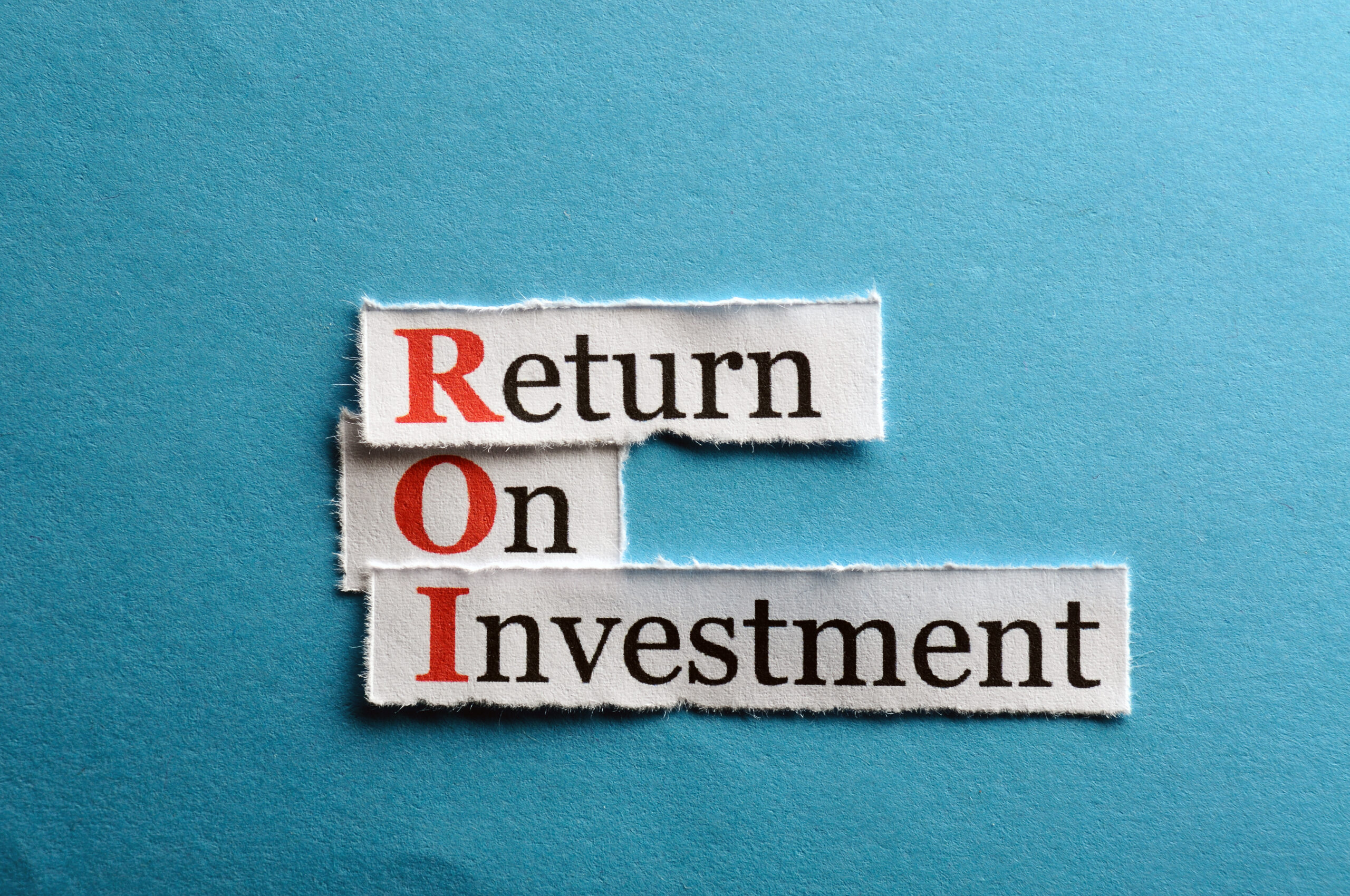How much does workplace conflict cost your business? If you can’t answer that question, you are not alone – it’s a cost that organisations rarely measure. David Liddle elaborates.
Recent research, however, suggests that they probably should. A report published by Acas, ‘Estimating the Cost of Conflict’, suggests the UK’s conflict bill adds up to a staggering £28.5bn per year; that’s an average cost of £1,000 per employee.
Of course, it’s not just the pure financial cost of conflict (legal fees, compensation awards, settlement agreements) that need to be taken into account. There are a significant organisational and human costs too.
Managers spend an inordinate amount of time dealing with issues, but to what ends? Productivity within warring teams takes a nose-dive, customer service suffers and corporate reputations are damaged. The management norms of extensive inaction or expensive overreaction are being highlighted to be woefully ineffective, costly, and damaging.
For every pound spent dealing with workplace disputes, you will also find a broken person, and a broken relationship. Employees, who are often dragged through damaging and divisive disciplinary and grievance procedures, become stressed and distressed, and often end up going off sick. The ACAS report suggests 900,000 people took time of work last year due to a workplace conflict.
There’s a wider impact on the whole team too. Colleagues may merely be bystanders to a dispute or a falling-out between peers, but they are also affected by it, often feeling upset on behalf of their team-mates and losing motivation.
Good people leave, because they can’t face another day in a toxic atmosphere. ACAS suggests that the cost of replacing staff who have been impacted by conflict adds up to £2.6bn per year.
So why don’t we pay more attention to what conflict is costing the business – and what is the best way to go about measuring the impact?
Ignorance is (n’t) bliss
There are a number of reasons why organisations don’t attempt to put a price on workplace conflict. Sometimes, it’s because the leadership team is disonnected from the reality of what it’s really like to work in the business and aren’t aware of the disputes that are bubbling beneath the surface, stealing management time and affecting productivity.
Often, it’s because it all feels a bit too difficult. Despite a growing emphasis on evidence-based HR, people practitioners often lack the skills to extract and analyse relevant data, much of which may already be sitting in their HR systems, ripe for the taking.
My experience suggests that there is also sometimes a reluctance within organisations to scratch too deep beneath the surface, for fear of what they might find. Shoving a toxic environment under the carpet is, however, rarely a helpful approach. As many employers have found, issues have a nasty tendency to rise to the surface and spread themselves over the pages of the press.
It all adds up to a situation where UK leadership fails to treat conflict as a strategic priority and to put the necessary steps in place to prevent, resolve and transform conflict at work. Relying on outdated HR policies and failed management systems is not good enough.
I have seen better strategies for ordering paperclips than I have for managing this complex and costly issue. If organisations are going to get the issue of conflict resolved, our leaders must begin treating it as a strategic priority.
Making conflict a strategic priority
If organisations make the effort to understand the nature, extent and impact of workplace conflict, it will help them develop meaningful strategies to deal with it – and to make the business case for any HR or L&D interventions that may be needed to tackle it.
Valuable baseline data will also allow them to evaluate the ROI of those interventions – which might include anything from training in conflict management for line managers through to establishment of an internal mediation scheme or use of external mediators.
Identifying what to measure is the first step. Costs associated with conflict tend to fall into three categories – visible costs, hidden costs and intangible costs.
- Visible costs: These are easier to measure and will deliver quantitative data. You may have access to much of this information already, as part of existing processes. We’re talking here about issues like how much management time is spent wading through formal procedures – and the associated opportunity cost (i.e. what they could have been doing instead). Sickness absence levels and costs associated with staff turnover (cover, hiring replacements) also come under this category. And of course there are the legal and tribunal fees, if situations have been allowed to escalate to this level.
- Hidden costs: These are often harder to measure and call for a range of approaches. The impact of conflict on employee engagement/staff satisfaction comes under this heading, as well issues like reduced productivity and impact on the overall customer experience.
- Intangible costs: These are often the human costs of conflict and they can be hard to quantify. I am a huge fan of using storytelling to help gather this data. Gathering employees ‘stories of conflict’ can be a useful way of demonstrating the intangible impact. Presenteeism, insomnia, stress, reduced morale and reputational damage all come under this heading.
Capturing the data
There are five distinct ways of gathering the relevant data. Each of them involves listening to what your people are saying:
- Desktop research will help you unearth statistics around the level of grievances, disciplinaries, or bullying and harassment allegations. Stress audits and employee engagement surveys are also useful sources of information. You might also want to look at data gathered from appraisals, exit interviews, or customer complaints processes.
- Surveys will allow you to get feedback on the experiences of those who have been part of grievance, bullying or discrimination processes. These often produce more valuable data if they are conducted anonymously. Depending on the size of the organization, you could opt to survey a sample, or the full workforce.
- In-depth interviews with senior leaders and front-line roles from across the business will help you assess the extent of the conflict issue. It’s worth also including union reps, occupational health professionals and representatives of equality or diversity groups if you have them.
- Focus groups, involving a wide cross section of stakeholders can generate valuable data – and will also send a message to employees about your commitment to listening to them and valuing their views and experiences.
- TCM’s highly acclaimed Conflict Calculator™ allows organisations to analyse a sample of their complaints, grievances or team conflicts and come up with a mean cost. The tool can be modified to suit the needs, circumstances and context of the business.
Putting it all together
Once equipped with all the information, you will be able to look at any trends or patterns that are emerging, identify any gaps in the data and begin to think about a strategy for managing conflict more effectively going forward.
Many of the organisations we work with have found that taking this approach, and understanding the true cost of conflict, has acted as a catalyst for shifting away from formal procedures and towards more informal, ‘resolution first’ approaches.
As Peter Drucker famously said: “If you can’t measure it, you can’t improve it.”
More detailed information about calculating the cost of conflict can be found in Liddle, D (2017) Managing Conflict: a practical guide to resolution in the workplace CIPD/Kogan Page. London
About the author
David Liddle is CEO of The TCM Group, and founding president of the Institute of Organizational Dynamics.



